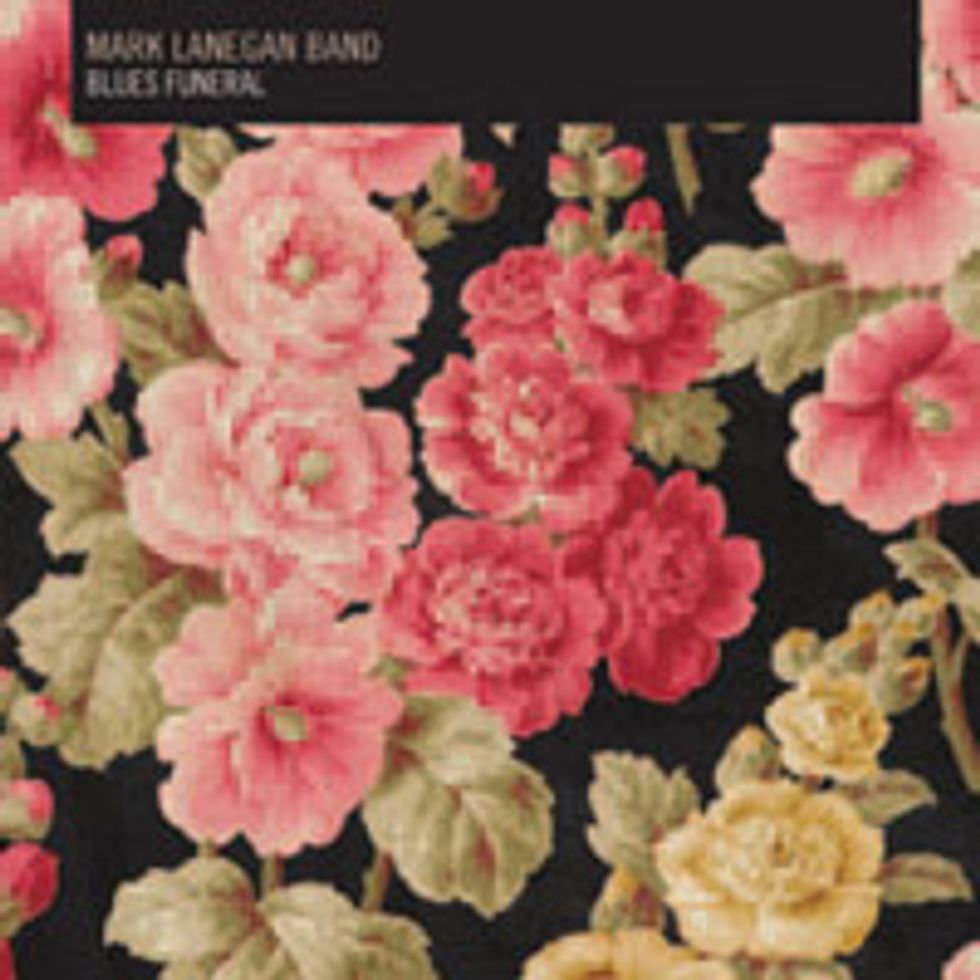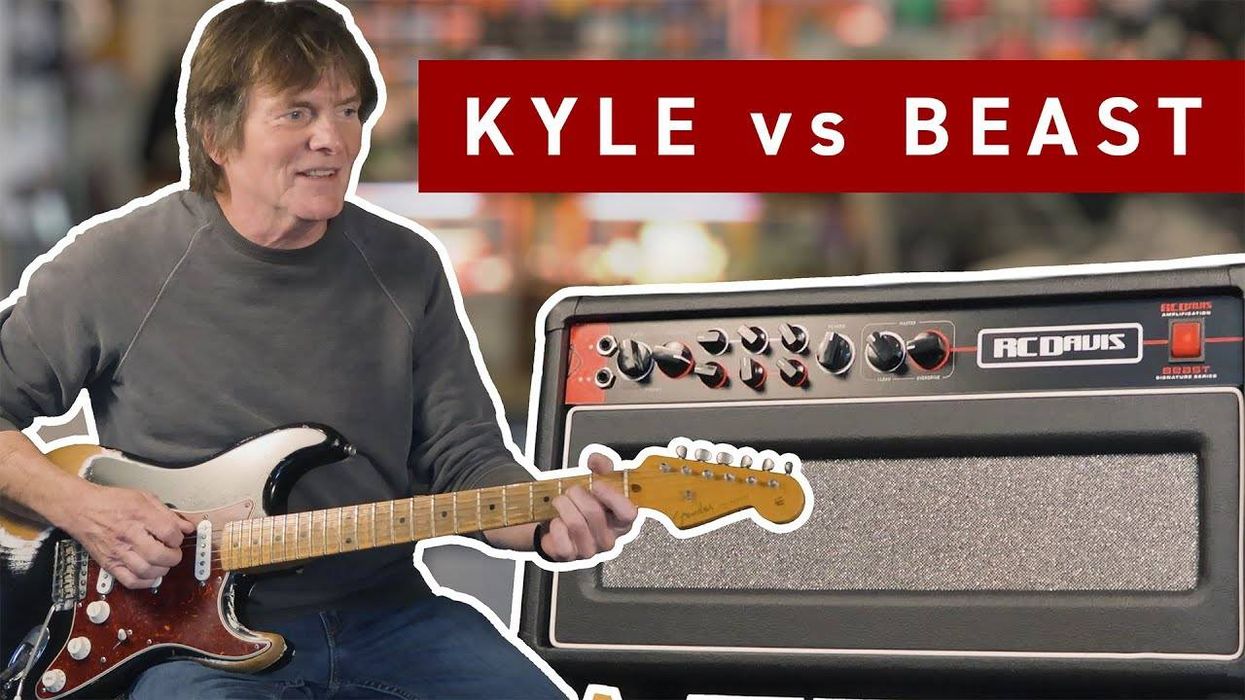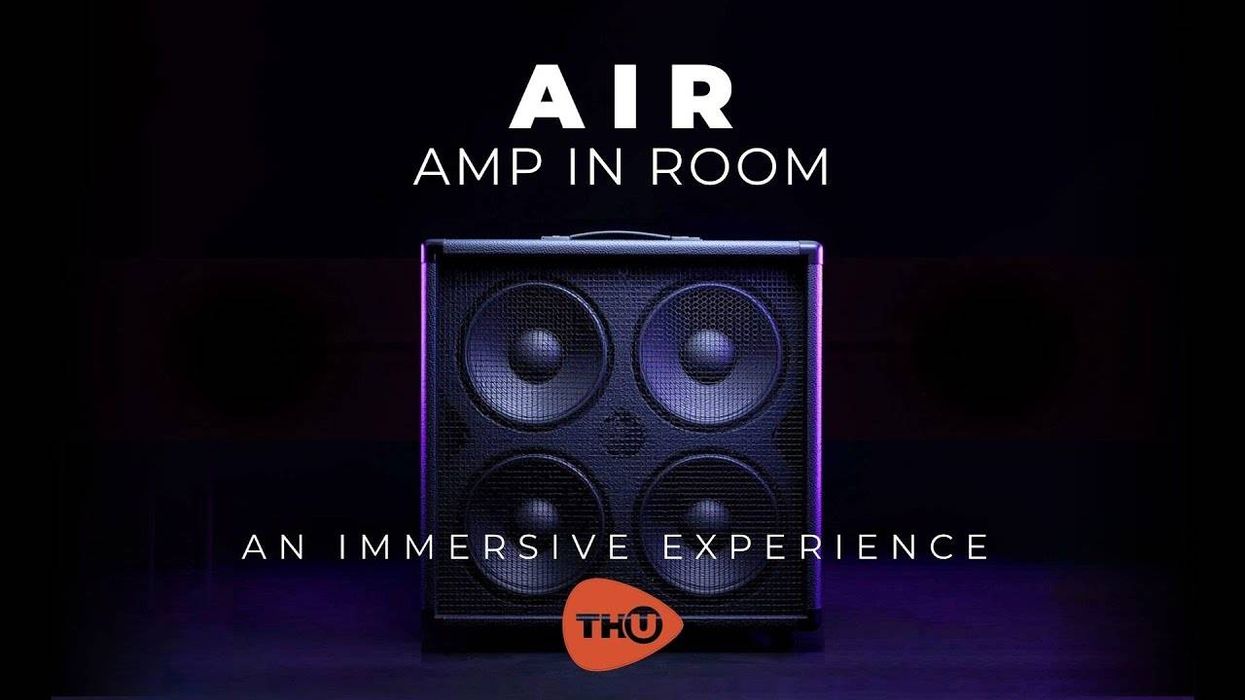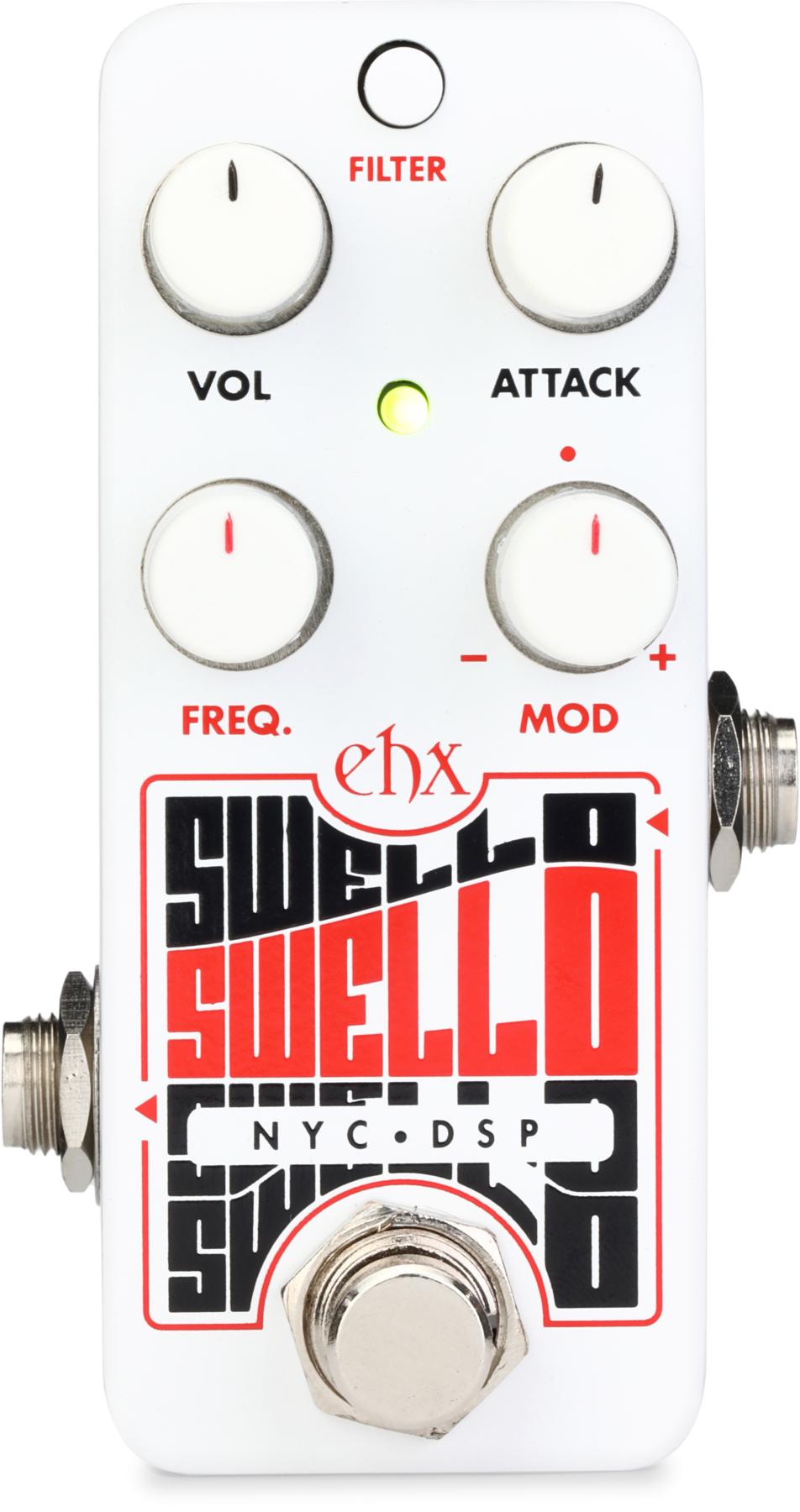Mark Lanegan Band
Blues Funeral
4AD





 “Gravedigger’s Song,” the opener on Mark Lanegan’s latest solo effort, chugs away like an industrial locomotive, channeling the pounding double-bass and power scuzz that the Screaming Trees’ frontman has been a part of for many years as a vocalist with Queens of the Stone Age. Lanegan showcases his best Tom Waits bobcat growl with an in-your-face vulnerability (think Johnny Cash’s “Hurt“). The album was made in Hollywood with guitarist Alain Johannes (Chris Cornell, QOTSA), with help from Josh Homme (who played guitar for the Screaming Trees in the ’90s), and the Afghan Whigs’ Greg Dulli. Lanegan continues a long line of meaningful collaboration, which includes half a decade with QOTSA and three albums with Belle & Sebastian’s Isobel Campbell.
“Gravedigger’s Song,” the opener on Mark Lanegan’s latest solo effort, chugs away like an industrial locomotive, channeling the pounding double-bass and power scuzz that the Screaming Trees’ frontman has been a part of for many years as a vocalist with Queens of the Stone Age. Lanegan showcases his best Tom Waits bobcat growl with an in-your-face vulnerability (think Johnny Cash’s “Hurt“). The album was made in Hollywood with guitarist Alain Johannes (Chris Cornell, QOTSA), with help from Josh Homme (who played guitar for the Screaming Trees in the ’90s), and the Afghan Whigs’ Greg Dulli. Lanegan continues a long line of meaningful collaboration, which includes half a decade with QOTSA and three albums with Belle & Sebastian’s Isobel Campbell.
Listening to the ornamentally layered arrangements on Blues Funeral, it’s obvious these musicians have covered a lot of ground together. The guitar work includes high-pitched twangs that seem to float in the air as a complement to Lanegan’s seriously rich, dark rasp as it saunters between fairly melodic and downright crude.
The underlying murky tones give a glimpse into the players’ lo-fi past, although the music is precisely and more diversely evolved. Somehow the bold Lanegan easily assimilates a wide range of instrumental styles—from the Zeppelin-tinged, blues-rock slide work in the standout track “Riot in My House” to the echoing pop synths in “Ode to Sad Disco,” for example. Laudable surprises are offered up with colorful majesty, as an unexpected electronic/techno feel in “Harborview Hospital“—with Lanegan booming over an Edge-inspired delay—imbues a melancholy beauty not unlike the delivery and mood captured on the National’s High Violet. But an added shot of light makes the song immediately more accessible, a different kind of deep with, dare I say, a purposeful outlook.
Throughout Funeral, Lanegan remains focused as hell and fits his steady, quirky, unmistakable crooning in however he pleases. It’s a curious album that way—not a one-train track, but confidently exploring opposites and blending them. Lanegan ignites a spark—a raw talent—as he owns this worn path but still channels many sonic ideas simultaneously and admirably. If we could all be so lucky. —Tessa Jeffers
Must-hear track: “Gravedigger’s Song”
Blues Funeral
4AD
 “Gravedigger’s Song,” the opener on Mark Lanegan’s latest solo effort, chugs away like an industrial locomotive, channeling the pounding double-bass and power scuzz that the Screaming Trees’ frontman has been a part of for many years as a vocalist with Queens of the Stone Age. Lanegan showcases his best Tom Waits bobcat growl with an in-your-face vulnerability (think Johnny Cash’s “Hurt“). The album was made in Hollywood with guitarist Alain Johannes (Chris Cornell, QOTSA), with help from Josh Homme (who played guitar for the Screaming Trees in the ’90s), and the Afghan Whigs’ Greg Dulli. Lanegan continues a long line of meaningful collaboration, which includes half a decade with QOTSA and three albums with Belle & Sebastian’s Isobel Campbell.
“Gravedigger’s Song,” the opener on Mark Lanegan’s latest solo effort, chugs away like an industrial locomotive, channeling the pounding double-bass and power scuzz that the Screaming Trees’ frontman has been a part of for many years as a vocalist with Queens of the Stone Age. Lanegan showcases his best Tom Waits bobcat growl with an in-your-face vulnerability (think Johnny Cash’s “Hurt“). The album was made in Hollywood with guitarist Alain Johannes (Chris Cornell, QOTSA), with help from Josh Homme (who played guitar for the Screaming Trees in the ’90s), and the Afghan Whigs’ Greg Dulli. Lanegan continues a long line of meaningful collaboration, which includes half a decade with QOTSA and three albums with Belle & Sebastian’s Isobel Campbell.Listening to the ornamentally layered arrangements on Blues Funeral, it’s obvious these musicians have covered a lot of ground together. The guitar work includes high-pitched twangs that seem to float in the air as a complement to Lanegan’s seriously rich, dark rasp as it saunters between fairly melodic and downright crude.
The underlying murky tones give a glimpse into the players’ lo-fi past, although the music is precisely and more diversely evolved. Somehow the bold Lanegan easily assimilates a wide range of instrumental styles—from the Zeppelin-tinged, blues-rock slide work in the standout track “Riot in My House” to the echoing pop synths in “Ode to Sad Disco,” for example. Laudable surprises are offered up with colorful majesty, as an unexpected electronic/techno feel in “Harborview Hospital“—with Lanegan booming over an Edge-inspired delay—imbues a melancholy beauty not unlike the delivery and mood captured on the National’s High Violet. But an added shot of light makes the song immediately more accessible, a different kind of deep with, dare I say, a purposeful outlook.
Throughout Funeral, Lanegan remains focused as hell and fits his steady, quirky, unmistakable crooning in however he pleases. It’s a curious album that way—not a one-train track, but confidently exploring opposites and blending them. Lanegan ignites a spark—a raw talent—as he owns this worn path but still channels many sonic ideas simultaneously and admirably. If we could all be so lucky. —Tessa Jeffers
Must-hear track: “Gravedigger’s Song”











![Rig Rundown: Russian Circles’ Mike Sullivan [2025]](https://www.premierguitar.com/media-library/youtube.jpg?id=62303631&width=1245&height=700&quality=70&coordinates=0%2C0%2C0%2C0)









